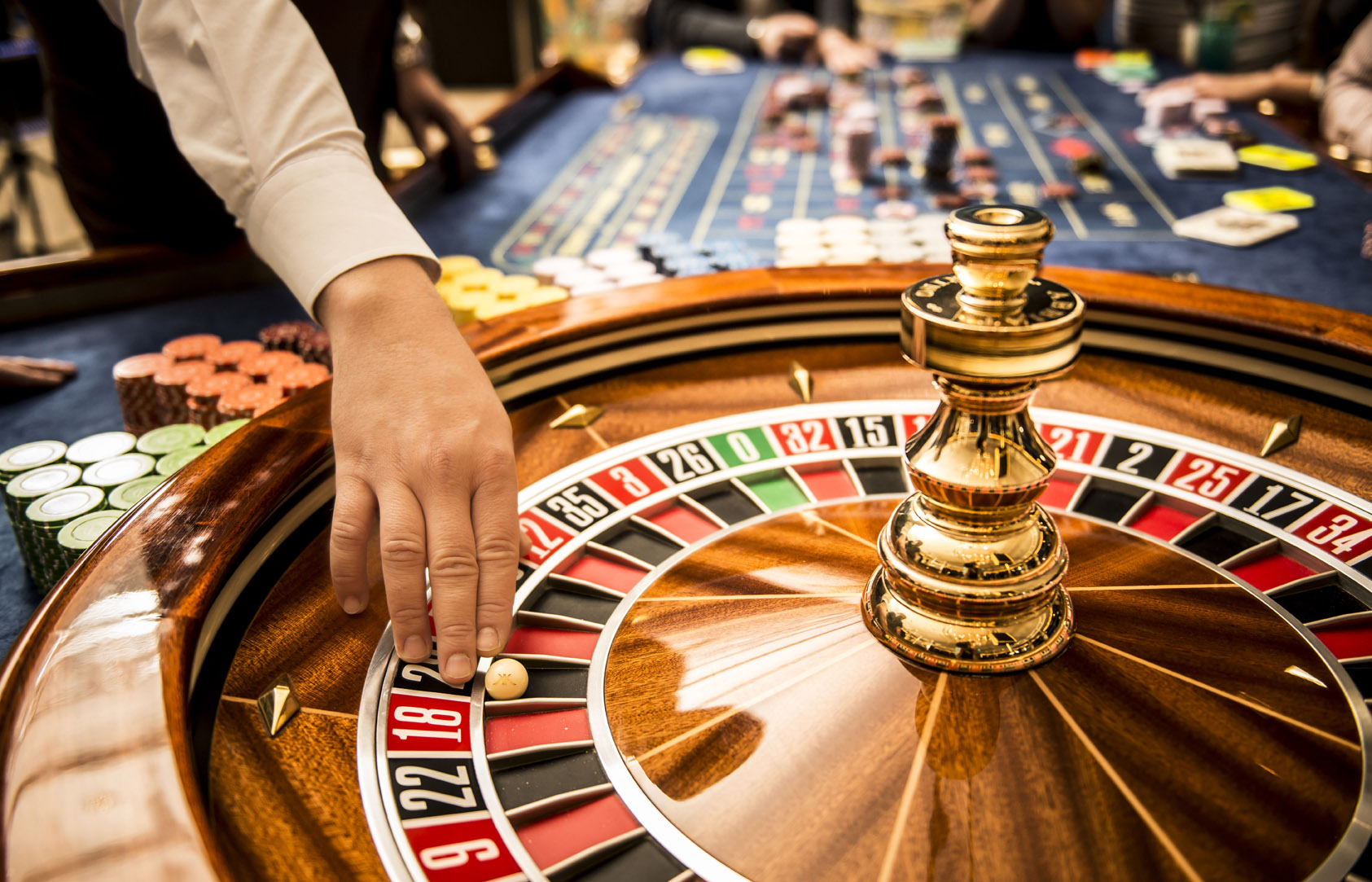
Gambling games have long captured the fascination of individuals around the planet, becoming an integral part of both leisure and society. From the shimmering lights of Nevada to the engaging experience of virtual casinos, these activities evoke enthusiasm, danger, and sometimes even a sense of nostalgia. They are beyond just entertainments; they have woven themselves into the tapestry of human experience, influencing everything from film and music to style and books.
The allure of casino games transcends the wagering aspect, tapping into larger themes of fortune, chance, and human behavior. As players gather around a poker table or rotate the wheel of fortune, they engage in an age-old ritual that connects with our shared desire for thrill and instability. This captivation has led to the emergence of countless references in films, tracks, and video games, showcasing how deeply entrenched these games are in mainstream culture. Whether it is the intense drama of a traditional heist movie or the colorful nightlife portrayed in music videos, casino games have created a substantial niche that reflects our relationship with reward.
Historical Significance of Gambling Games
Gambling activities have played a crucial role in cultural contexts throughout history. Stemming from old societies, forms of chance were often linked to rituals or gatherings. For example, early iterations of these activities can be linked back to historic China and the Roman Empire, where die games and wagering on results were popular pastimes. These activities not only served as leisure but also as means of connecting people, facilitating relationships among people within communities.
As societies evolved, so did the complexity and organization of casino games. The establishment of official casinos in the 17th century, particularly in the Italian region, marked a notable shift in how games were viewed and organized. With specific spaces for gaming, the casino became a community center where patrons from various backgrounds gathered. This evolution contributed to the validation of gambling, transforming it from a mere pastime into an organized industry that influenced the economy and policy.
The impact of casino activities on mainstream culture cannot be overlooked. As they were popularized in books and movies, games such as poker and blackjack became icons of risk, luck, and strategy. Famous characters and narratives have emerged around these activities, reflecting societal attitudes towards fortune, prosperity, and vice. This fascination with gambling games has infiltrated various forms of media, cementing their status in the collective consciousness and linking them to broader cultural narratives throughout the ages. https://keonhacai5.ws/
Depiction of Gambling Games in Media
Casino games have long been a popular theme in various forms of media, reflecting both the fascination and nuances of the world of gambling. Movies such as Ocean’s 11 and Casino Royal portray individuals who navigate high-stakes environments, showcasing not only the appeal of the gambling environment but also the tactics and decisions that come with playing popular games like poker and blackjack. These movies often dramatize the thrill of winning and the potential results of losing, encapsulating the risks involved in gambling.
TV programs have also explored the world of casino games, often integrating them into the plot as a backdrop for story progression and drama. Shows like Vegas depict the stories of casino workers and patrons, highlighting the vibrant, often tumultuous energy of the gaming floor. Docuseries featuring intense betting contests further emphasize the fascination of casino games, drawing viewers into the drama and tactics involved in each game. Through these representations, media not only engages but also sparks conversations about luck, skill, and the essence of chance.
Video games have increasingly included casino games into their development, allowing players to simulate the feeling of gambling without monetary loss. Games within the landscape of online gaming often include virtual slots, poker, and other casino favorites, creating an interactive experience that mirrors real-life gameplay. These digital representations make gambling activities accessible to a broad demographic, appealing to both gamblers and those who enjoy the excitement of virtual experiences. As a consequence, the representation of casino games in media continues to shape public perception and importance, highlighting their place in entertainment and culture.
Effect of Casino Games on Communities
Gambling activities have a meaningful effect on society, affecting multiple facets of culture and interpersonal behavior. They often serve as a platform for community engagement, where people gather to experience a shared activity. Casino trips with friends or visits to casinos become social activities that build connections and create shared moments. This collective aspect enhances the entertainment value of casino games, making them a popular choice for celebrations and recreational pursuits.
Additionally, gambling activities have been portrayed in countless movies, TV series, and written works, influencing perceptions and opinions towards gambling and gaming. Icons like James Bond competing in baccarat or the high-stakes poker scenes in films have embedded these games in the shared imagination. This representation often idealizes the culture associated with casino activities, attracting new players and influencing trends in both fashion and conduct. These portrayals can spark curiosity and lead to a more profound exploration of the intricacies of gaming.
However, there are also negative consequences linked to the popularity of gambling activities. The allure of quick monetary gain can lead to gambling addiction and financial troubles for some people. The community must contend with these issues, advocating for responsible gaming and education of the risks involved. Balancing the fun aspect of casino games with the potential for harm is vital to ensure that they continue to be a beneficial aspect of our cultural landscape.
